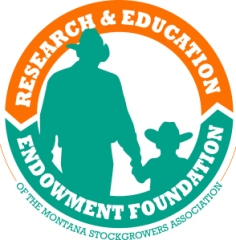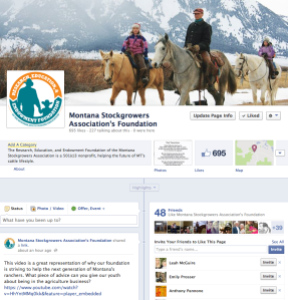USDA-NRCS Montana Offers Funding for Conservation Gardens, High Tunnels
Bozeman, Mont., July 11, 2018–The USDA Natural Resources Conservation Service (NRCS) is accepting applications for grants to establish community gardens, pollinator gardens and seasonal high tunnels through the Montana NRCS Conservation Garden Project.
Proposals will be accepted from eligible entities for projects located in Montana, including city or township governments, county governments, special districts, state governments, nonprofit organizations, independent school districts, institutions of higher education, and Federally recognized Native American tribal governments.
The NRCS has funding available for the Montana NRCS Conservation Garden Project as follows:
- Grants up to $4,000 will be available for a community garden. Funds are to be used for garden supplies which can include tools, seed, fertilizer, soil and soil additives, irrigation materials and garden materials. Technical assistance by NRCS staff will be available to help determine site, slope, placement, etc.
- Grants up to $3,000 will be available for pollinator gardens. NRCS will provide technical assistance based on pollinator specifications.
- Grants up to $6,500 will be available for construction of a seasonal high tunnel. NRCS specifications for the construction of a Seasonal High Tunnel will be followed.
- Grant applicants may request funding for a combination of the choices above: community garden, pollinator garden and seasonal high tunnel.
Applications for the Montana NRCS Conservation Garden Project are due by Aug. 10, 2018. The Notice of Funding Opportunity is available at www.grants.gov. The Opportunity number is USDA-NRCS-MT-18-01, and the title is Montana Conservation Garden Project. Applicants must have a DUNS number and an active registration in SAM. Questions can be directed to Lori Valadez, (406) 587-6969.







